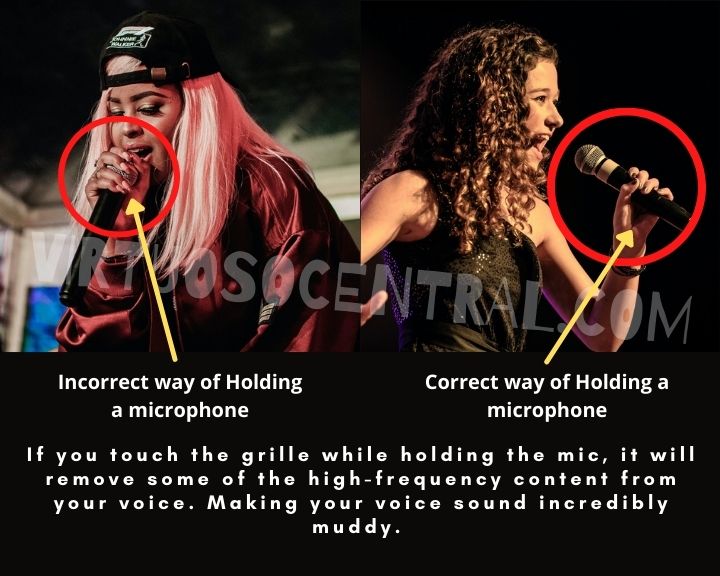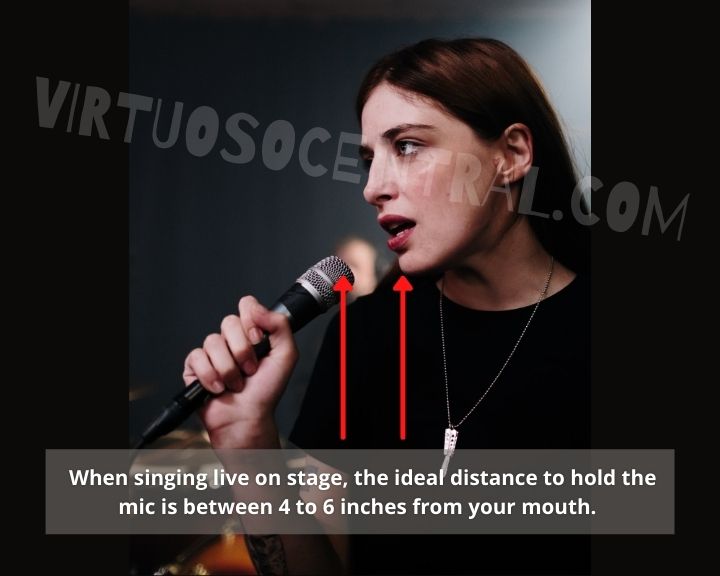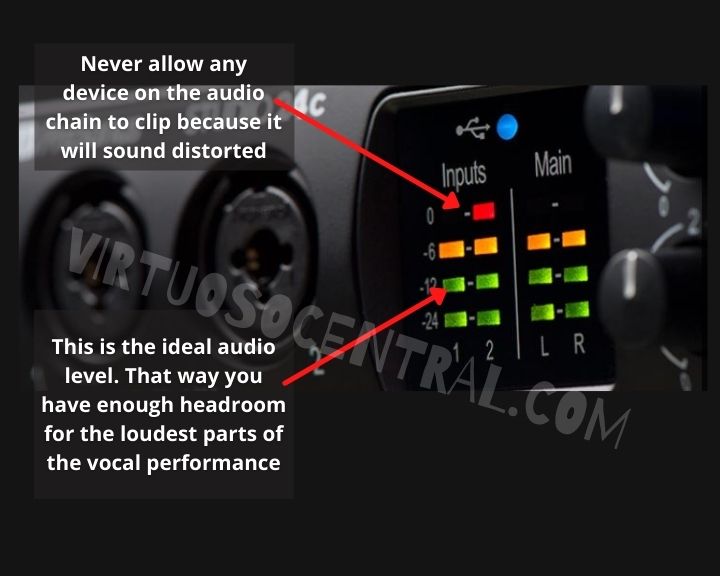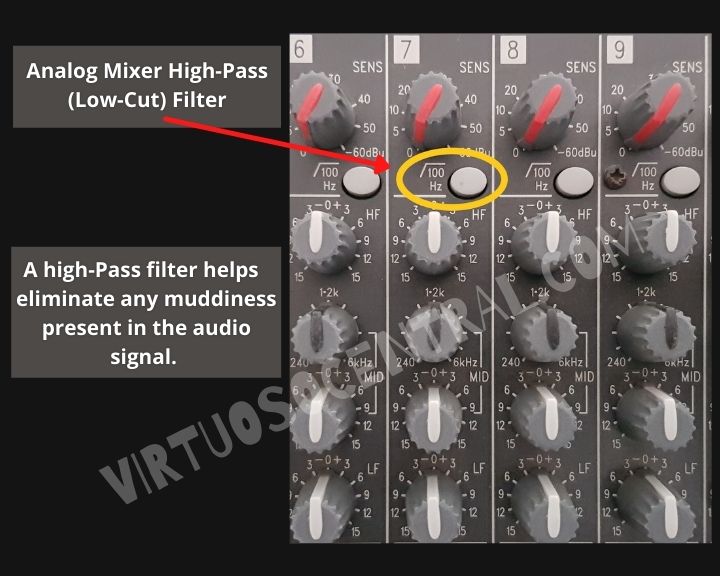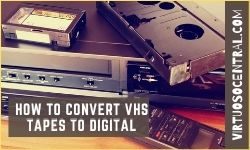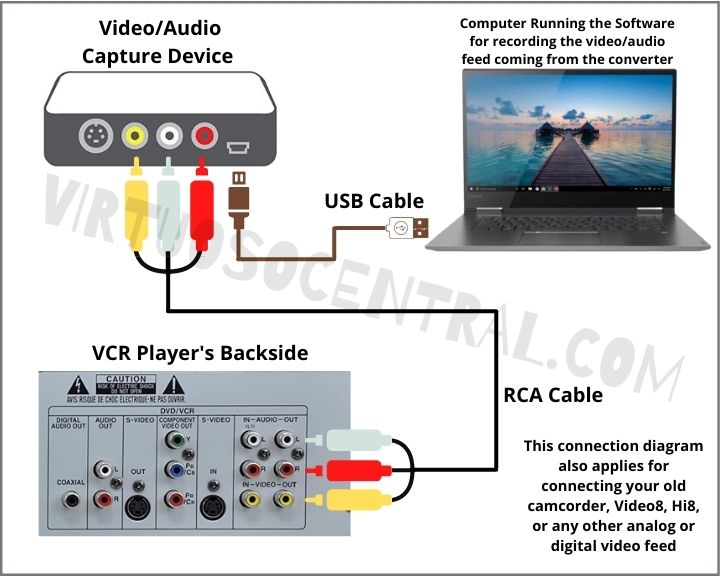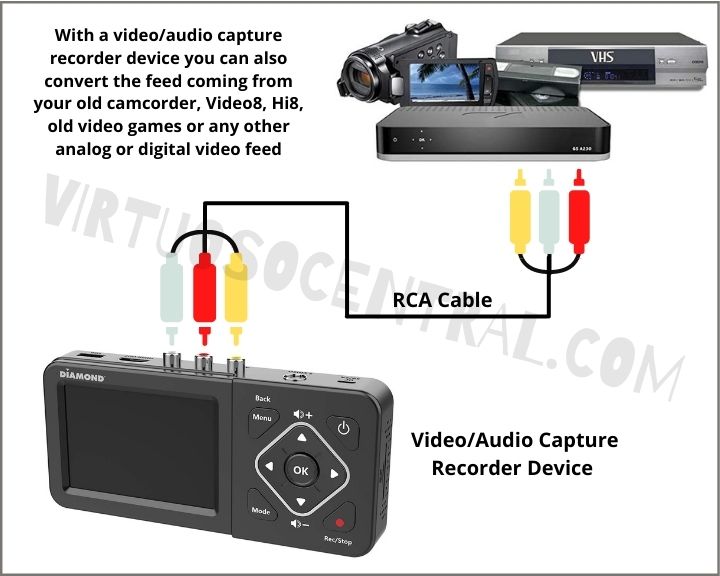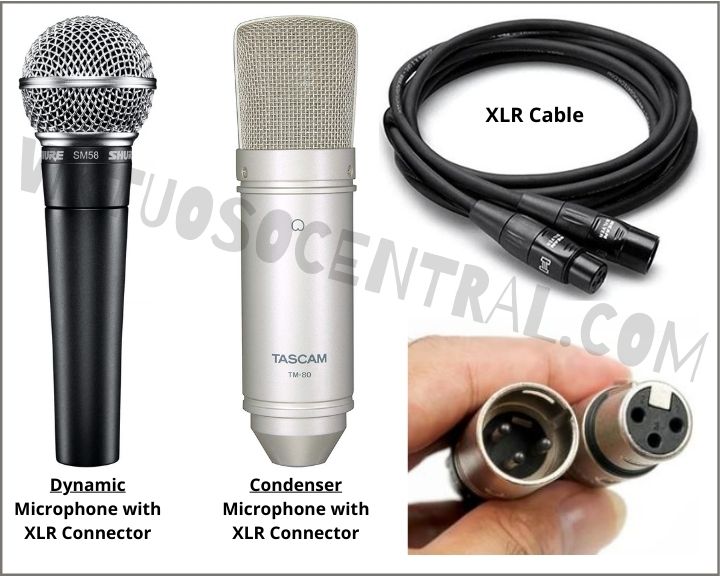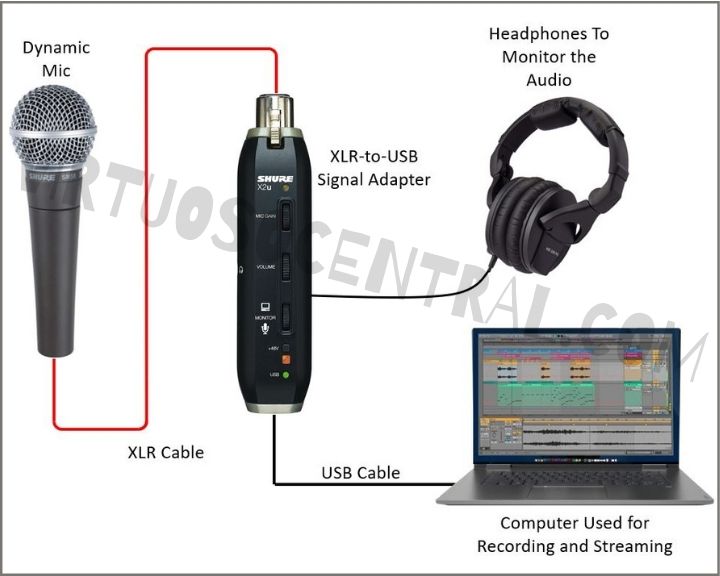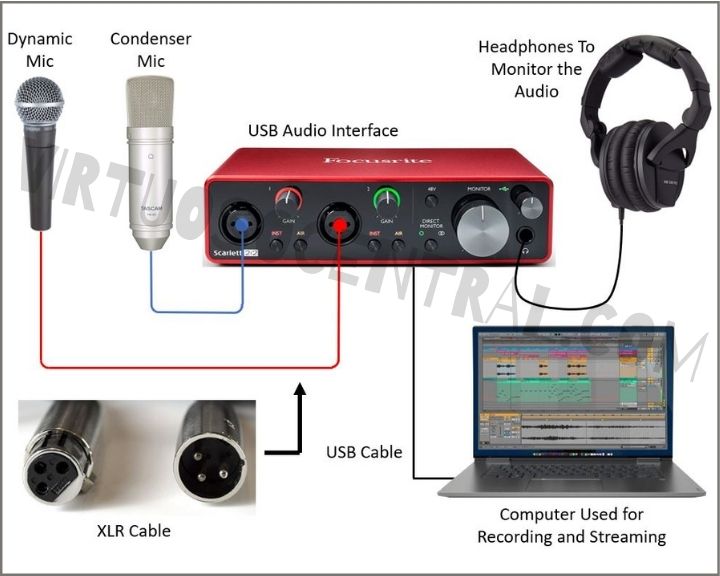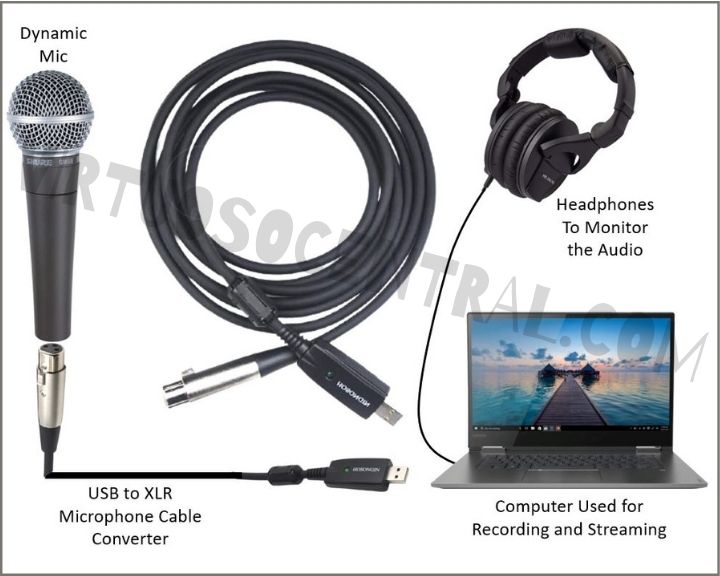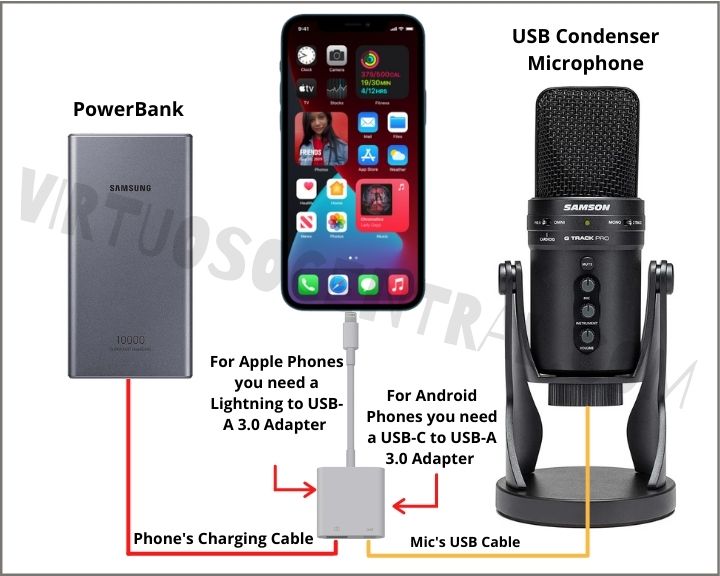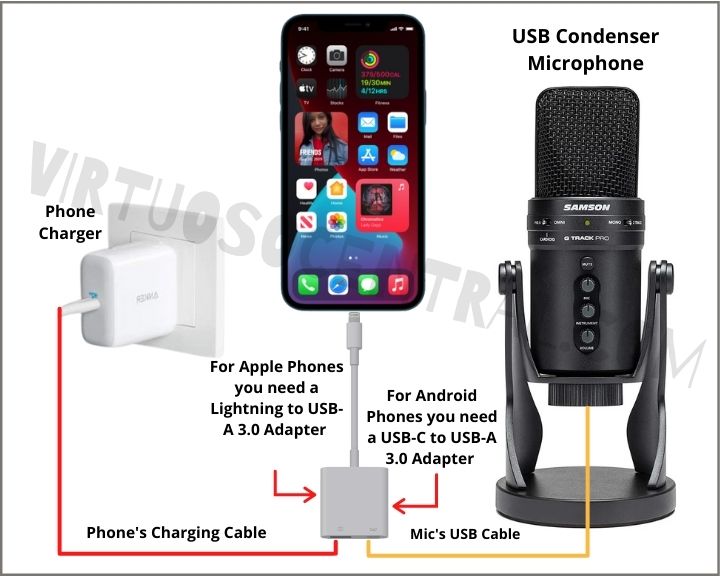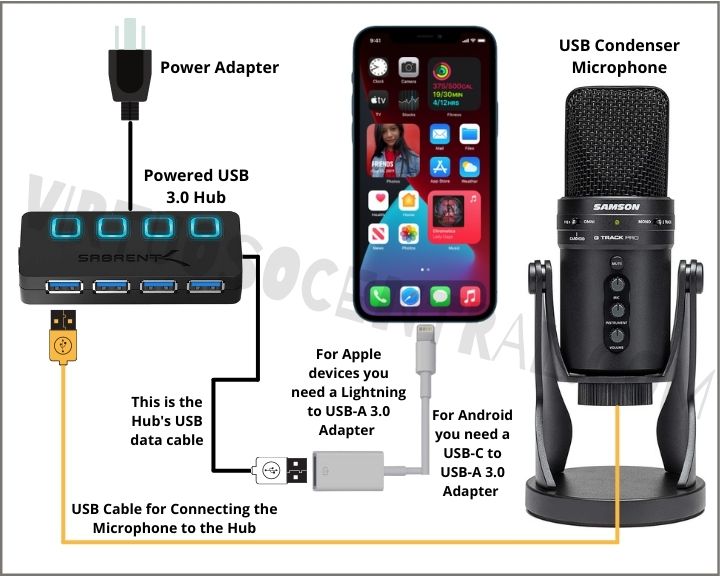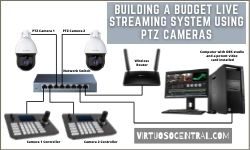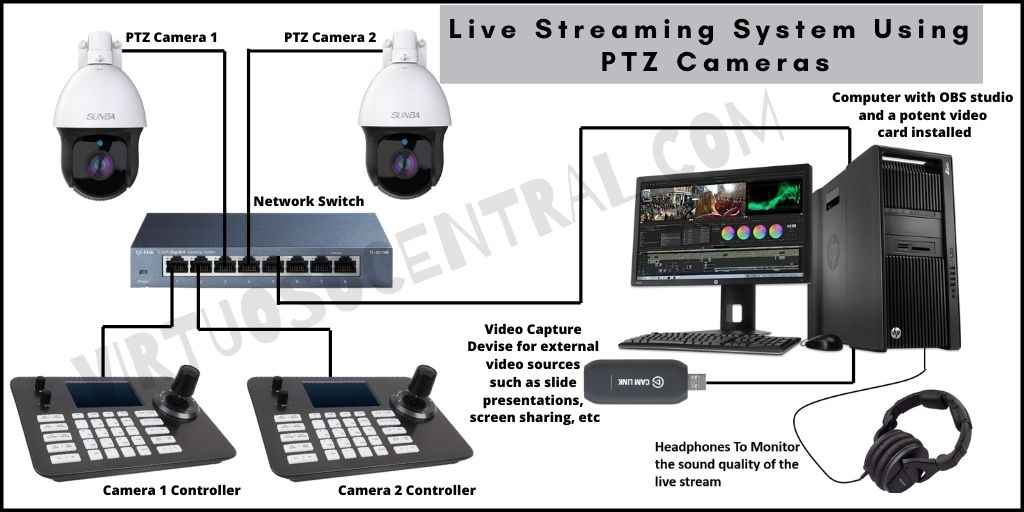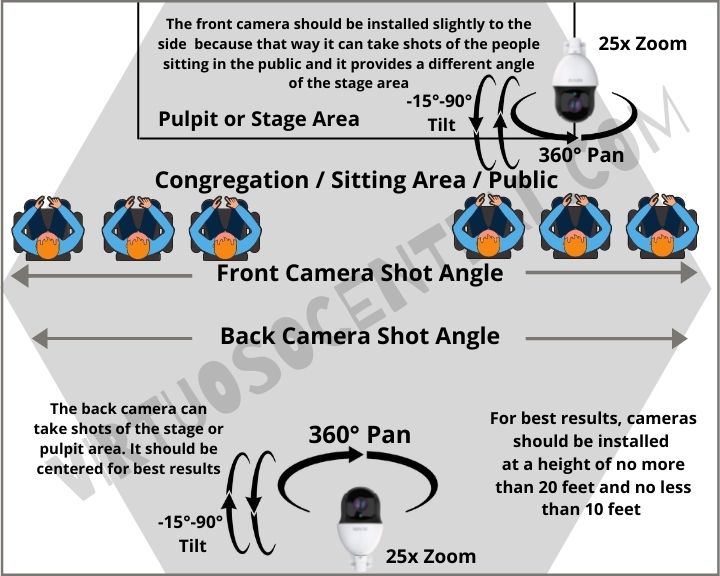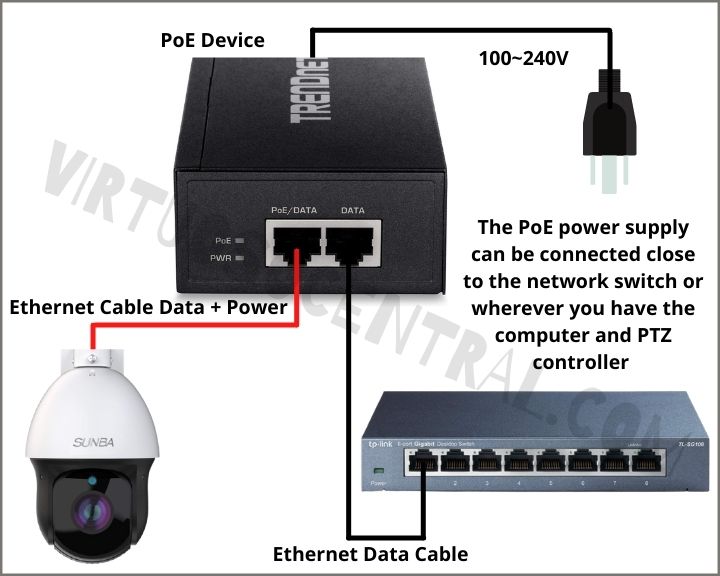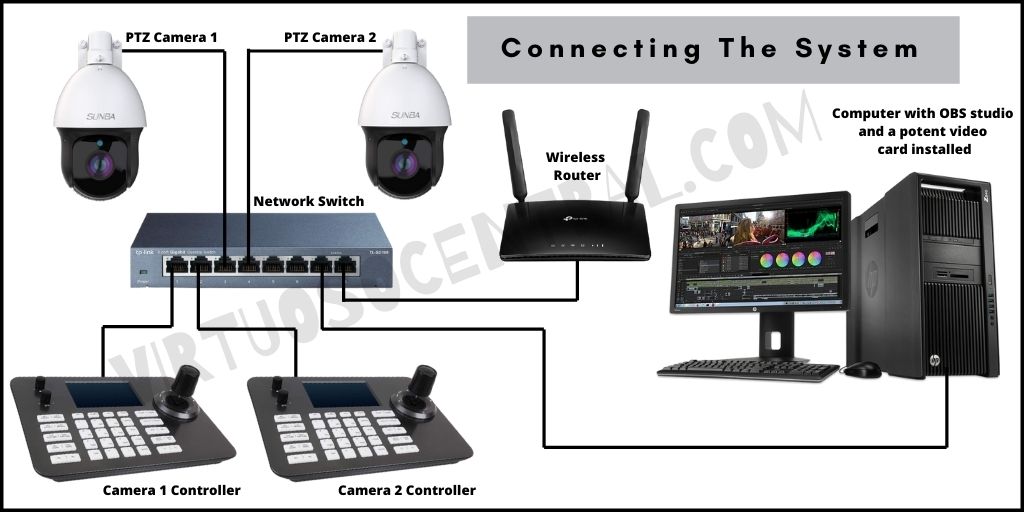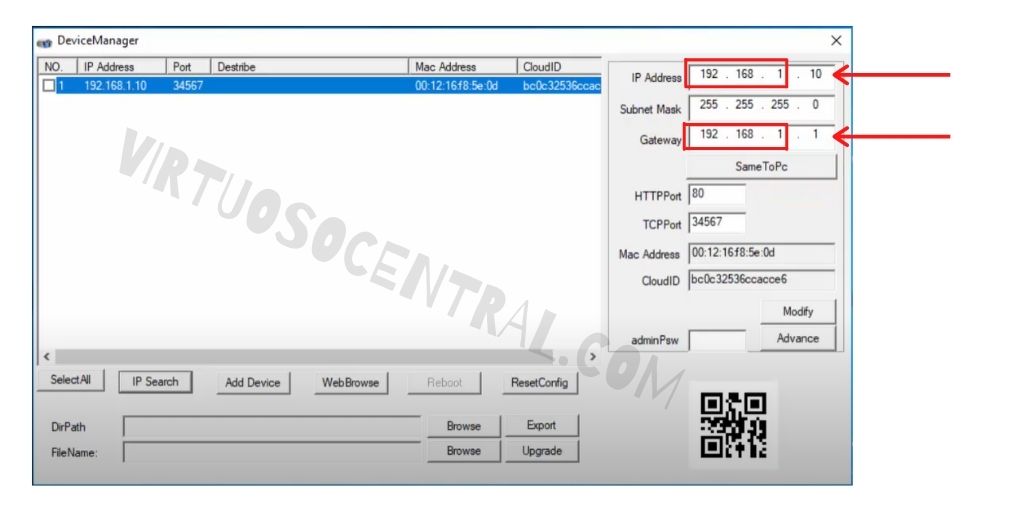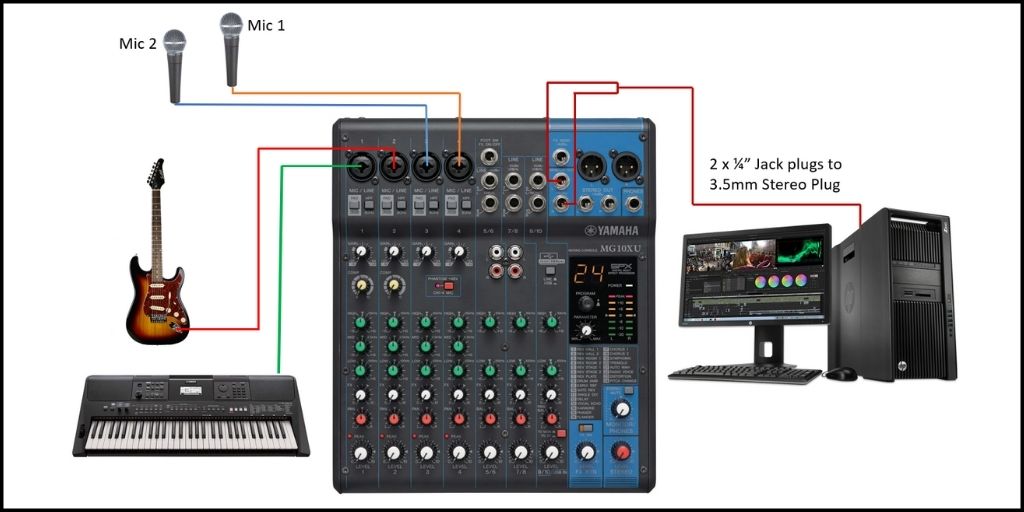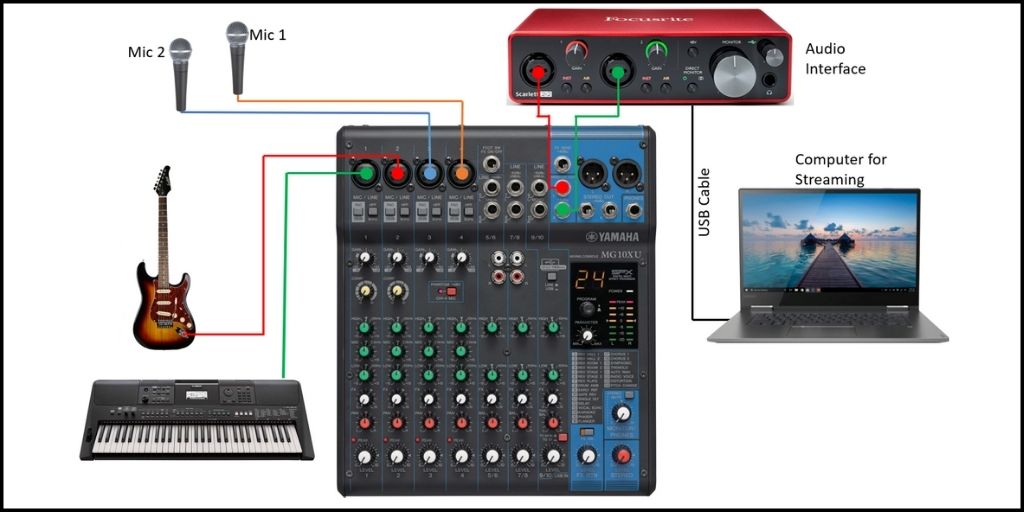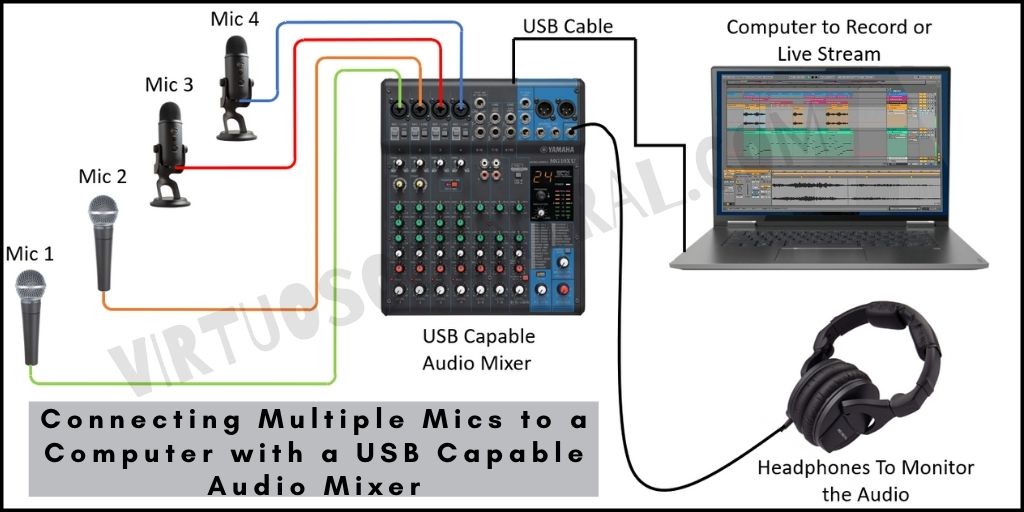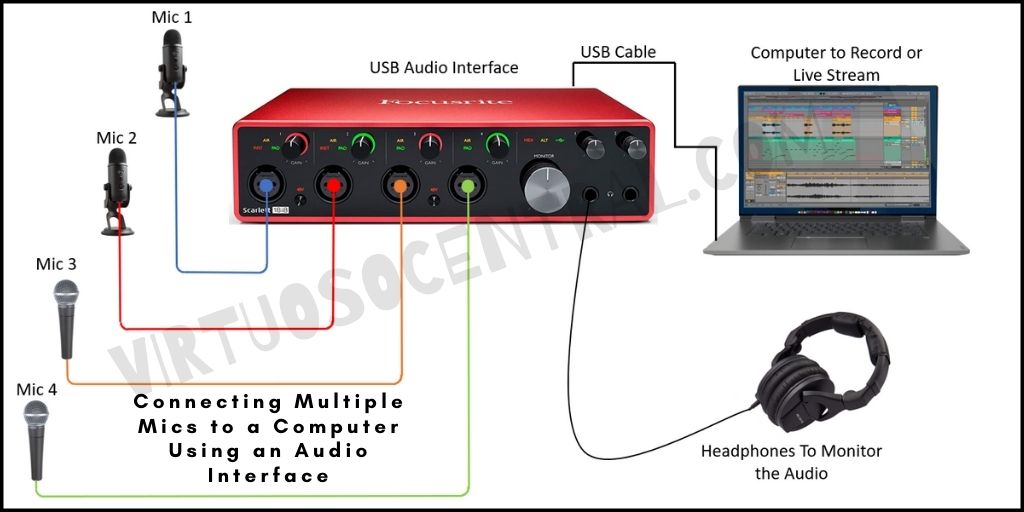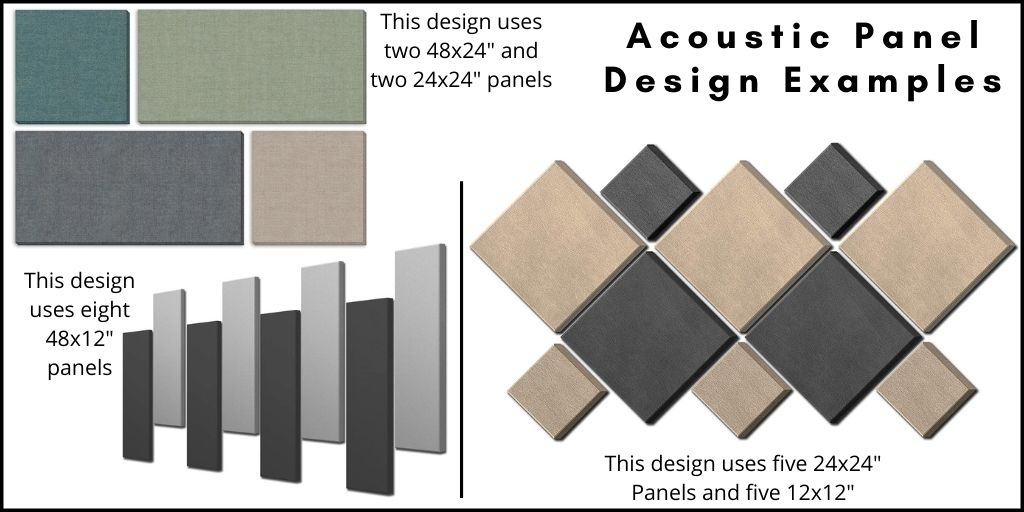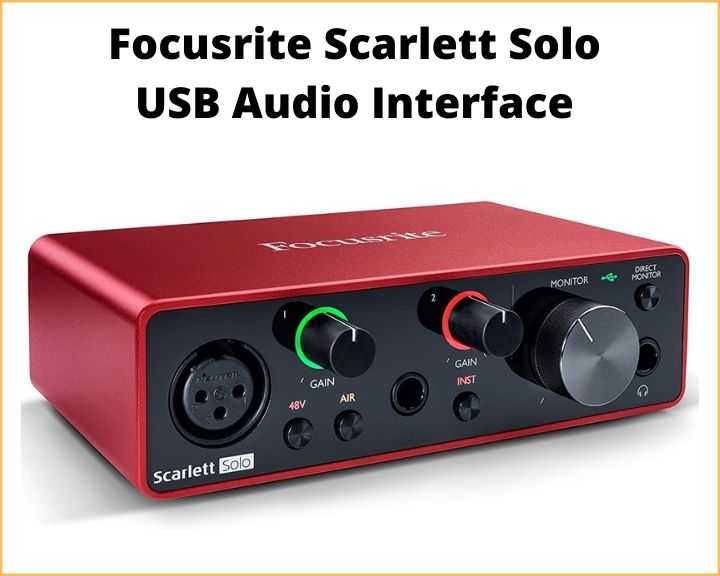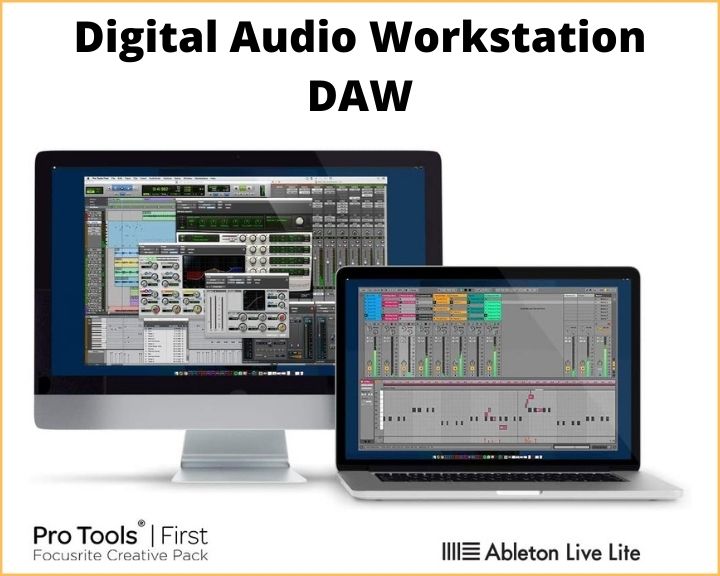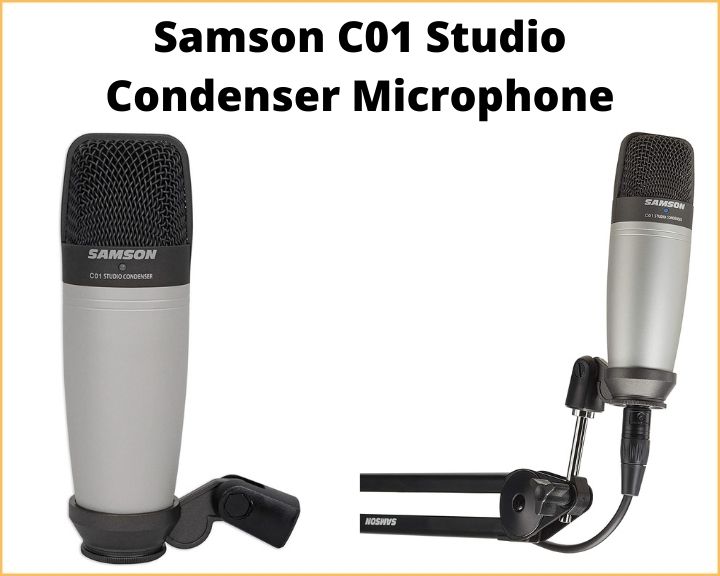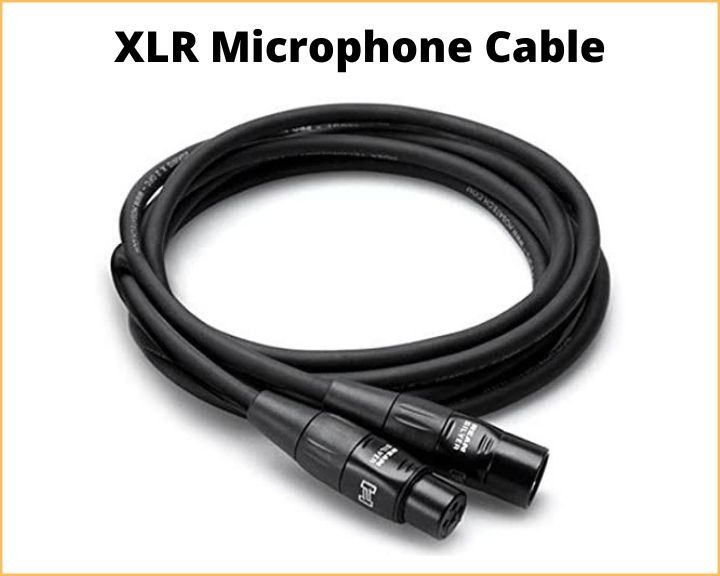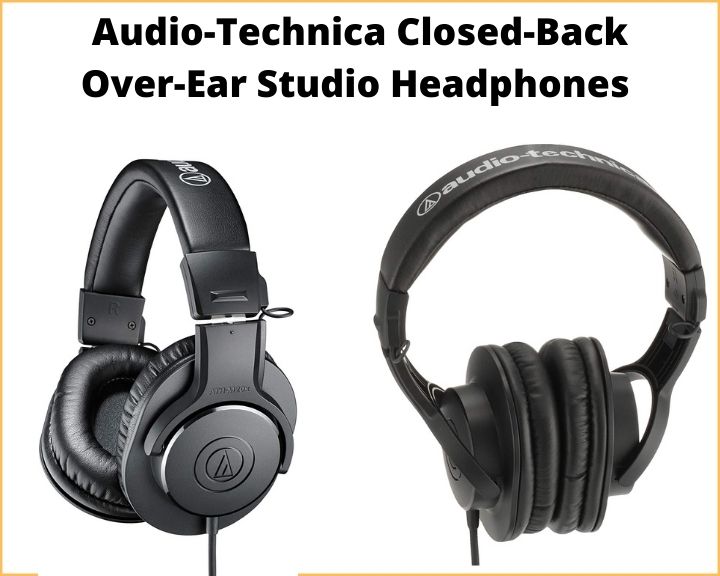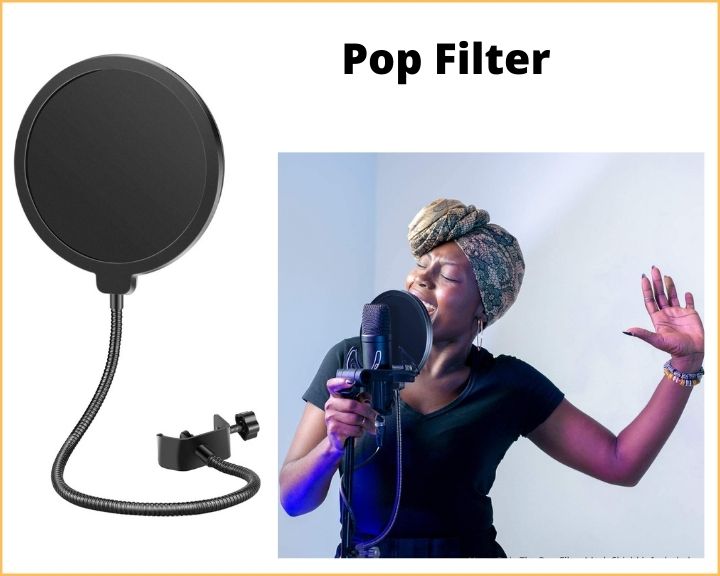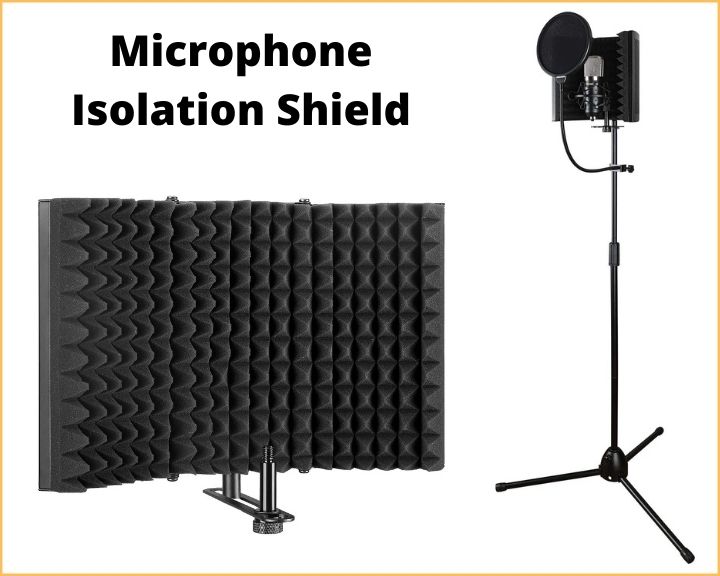If you are reading this article is because you might be in the process of buying a pair of headphones and are confused about whether you should get an open-back vs. closed-back headphones.
Each type has advantages and disadvantages depending on what you are going to use it for. Before handing out a load of cash, you need to know which type is best for your needs.
Before we continue, let me plant a few questions in your head to start thinking about how you will use your headphones. Are you a recording artist? Do you plan to start producing music in your home studio? Do you listen to music often and are constantly wearing headphones? Do you like natural or bass-boosted sound? Are you going to use your headphones for podcasting or in the recording studio?
Answering these questions will help you figure out which type you’ll need, and after reading this article and knowing all the pros and cons of each class, you can make an educated decision based on your needs.
Whether you’re making music or listening to it, you need the highest-quality sound. And having the correct type of headphones for your situation can make all the difference.
What you learn in this article also applies to other areas of audio as well, including podcasting, live broadcast, music production, etc.
To figure out which one is the best investment for you, keep reading.
Open-Back vs. Closed-Back Headphones: What’s the Difference?
The main difference between open-back and closed-back headphones comes down to the design and construction.
Open-back headphones are exactly what they sound like: open. They have a more open design that allows sounds to come in and out of the ear cups. Meaning that you may hear sounds around you while those around you may hear what you’re listening to.
On the other hand, closed-back headphones are closed. They have a more isolated design that concentrates the audio into the ear cups on the headphones. So, you’ll be able to avoid hearing noises around you.
What Are Open-Back Headphones?
Open-back headphones have an opening for air to pass from the rear of the speaker diver to the ear cups. Because of this air travel, you won’t have to worry about any resonance or low-frequency build-up.
Open-back headphones tend to be more expensive because they offer a more natural and clear sound. However, this is only true when you’re isolated without excess noise in your surroundings.
Because open-back headphones allow for air travel, they also have trouble blocking out surrounding noise. So, you’ll hear everything that’s going on around you.
In addition, people will be able to hear what you’re listening to. So, you may be disturbing those around you if you’re working in a crowded setting.
It’s also important to note that open-back headphones are relatively fragile. They are more susceptible to moisture because of their openness. If you invest in these headphones, you need to take good care of them.
With that said, open-back headphones are the best options when mixing or editing in the studio. In contrast, they won’t be a good option for recording in the studio because the reference music will bleed into the recording mic and compromise the take.
Here are some of the best open-back headphones available in the market [links to Amazon]:
What Are Closed-Back Headphones?
Closed-back headphones are completely sealed around the back. This design only allows the sound to go into your ear.
While this makes it easier to block out noises around you, it means that the sounds you’re hearing aren’t as natural or precise as you may want them to be. More technically speaking, the sealed rear chamber causes lower frequencies to be more amplified. Thus, it causes more unnatural-sounding music.
The sealed design also makes it more likely that your ears may become overheated. During the winter, this may be nice. However, during warmer months or in warmer settings, you may end up sweating inside of the headphones.
With all of these considerations in mind, closed-back headphones are best to use while recording in the studio because the reference music won’t bleed out, delivering a better take. They’re also helpful for artists who are trying to listen to themselves while recording their voices. The sealed design makes it less likely that the microphone will pick up the voice doubling.
They are also the best option to use while you’re commuting. You can also use them to listen to audio in a public place, like your office or a coffee shop.
If you’re someone who travels every day or works outside of the home, closed-back headphones are a must.
Check out this list of the best closed-back headphones [links to Amazon]:
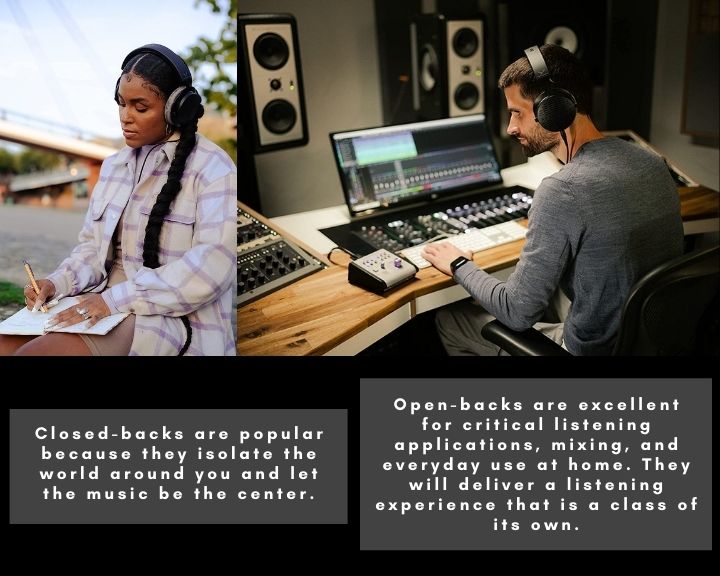
This is What Each Design Offers
As we said, the design is the most significant difference that divides open headphones and closed headphones. Because of each headphone’s structure, each one has pros and cons.
The kind of headphones that you should use will depend on what kind of activities you’ll be doing with the headphones. Each type of headphone thrives in different environments with different uses.
Open-Back Headphones – Pros
- They offer a clear, crisp, warm sound.
- They’re perfect for at-home listening or in situations where others won’t be around while you’re using them.
- If you’re trying to listen to something critically, open-back headphones are the way to go.
- These headphones are also perfect for people who are mixing and mastering music or messing with high-quality audio files of any kind.
- Music producers enjoy working with open backs because of the accuracy they provide.
Open-Back Headphones – Cons
- This type of headphones isn’t great if you need something that can work in a crowded room.
- You shouldn’t use them while you’re in the office, the gym, or any other crowded place as they can bother people around you, especially if listening at high volumes.
- They also aren’t great at blocking outside noise, so you shouldn’t count on them to eliminate the noise around you.
- If you’re commuting on a bus and trying to listen to music, these aren’t the headphones you want to be using.
Closed-Back Headphones – Pros
- They are best for people who are looking for casual, everyday headphones.
- They allow you to listen to audio without hearing all of the sounds around you. So, you should use these headphones while you’re traveling or working.
- These headphones are also great for recording live in the studio because the noise won’t escape out the back of the ear cups. Whatever you’re listening to won’t feedback into the microphone. You can even listen to yourself while you’re recording without worrying about the microphone picking up the extra noise.
Closed-Back Headphones – Cons
- There is a lack of ventilation. You shouldn’t use these headphones when you’re exercising or working out in any capacity.
- While you can use them in the warmer months, you should be careful not to gather too much moisture in the ear cups.
- The sound you’re hearing isn’t as natural.
- The sealed rear chamber boosts lower frequencies causing a more unnatural and uneven sound.
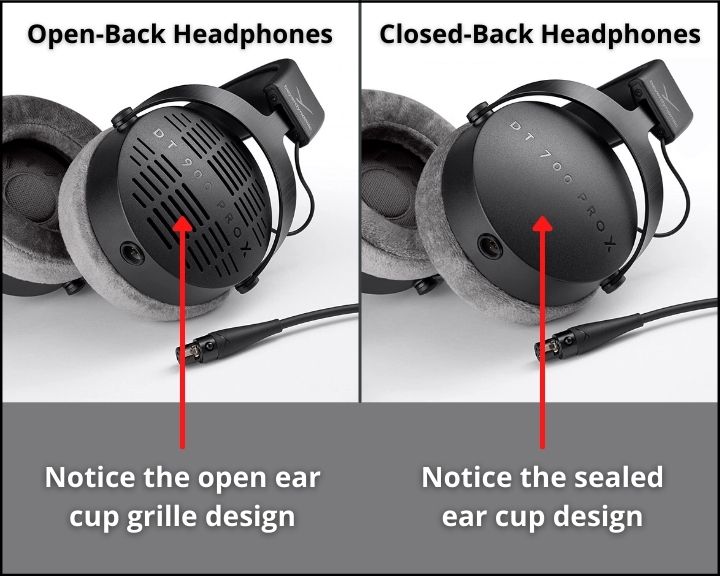
Do Open-Back Headphones Sound Better Than Closed-Back Headphones?
Closed headphones may be able to keep excess noise from polluting your audio. However, open-back headphones offer the best sound overall.
Open-back headphones don’t have any audio build-up since the sound can travel out of the ear cup. This means that any resonant noises or low-frequency harmonics aren’t going to get stuck inside the ear cups and alter the original sound that you’re listening to.
Overall, you’re going to get a more transparent, more natural sound from open-back headphones, while you’ll get a more bass-boosted sound from closed-back headphones.
Because of this sound enhancement, open-back headphones tend to be more expensive.
Are Open-Back Headphones More Accurate?
Yes, open-back headphones are more accurate. They’re better for critical listening. The sound that you’ll hear through open ear cups will be more accurate than the one you’ll listen to through closed ear cups.
However, it’s also important to note that you may be able to hear more with closed-back headphones. Even if the sound isn’t more accurate, it is fuller since you won’t have to worry about outside noises infiltrating your sound.
Which Type of Headphone Is Better for Mixing: Open-Back or Closed-Back?
Since mixing requires sensitive and critical listening, it’s better to use open-back headphones. Ideally, you should mix in a private setting like in the recording studio so that there aren’t too many noises while you’re trying to listen.
Open headphones are the best choice for professional mixers who are hoping to make high-quality productions. Otherwise, you may find yourself creating sounds that you didn’t mean to create.
The inconsistency with frequencies on closed headphones will make your music sound different. So, you may end up producing music that isn’t exactly consistent with what you’re hearing.
Which Type of Headphone Is Better for Recording: Open-Back or Closed Back?
If you’re planning on using headphones for recording, you should invest in closed-back headphones. Because of their design, closed-back headphones keep the sounds from inside and outside divided. So, you’re only going to be able to hear what’s coming through the headphones.
This is perfect for recording. You can listen to yourself through the ear cups without your microphone picking up on the sound a second time. So, you won’t have to deal with any reverb coming through the ear cups and the microphone simultaneously.
Plus, you won’t be distracted by any outside noises. With closed headphones, you’ll be able to focus on the sound coming through the ear cups. There won’t be any excess noise coming through.
Although, we do recommend that you record in a quiet place so that your microphone doesn’t pick up on outside noises.
Open-Back vs. Closed-Back Headphones: Which Should You Choose?
The battle of open-back vs. closed-back headphones comes down to what your preferences are. If you’re going to be using the headphones in a crowded place or the studio for recording or podcasting, you should invest in closed headphones.
If you’re going to be using the headphones in a private place or for music production, you should invest in open headphones.
In the end, if it is within your budget, you should get both types, that way, you have the right one depending on the situation.
To learn more about headphones and other audio devices, feel free to contact us. I’d be happy to answer any questions or concerns that you have.


